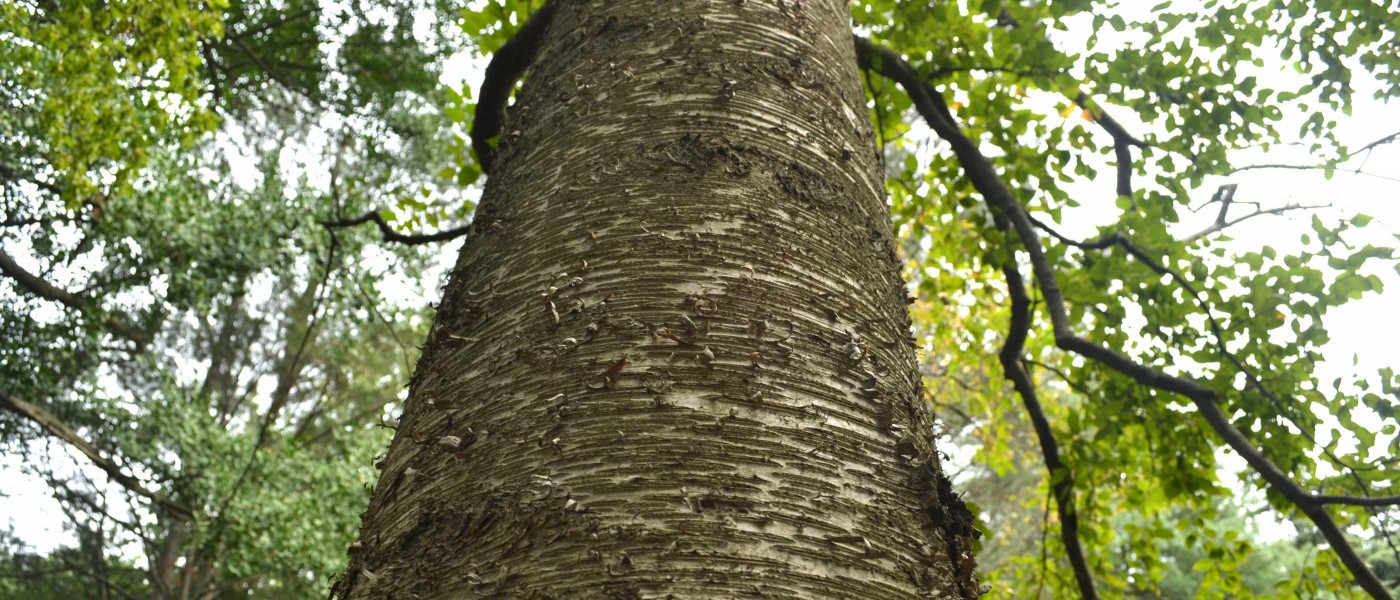Ohkehteau (Plants of the Earth): A Shinnecock Oral History - Birch
Paper Birch (Betula papyrifera)
Discovery Garden, Native Flora Garden
Running time 0:59
Puppinshaas is the Shinnocock word for birch. The white birch is the most popular birch for canoe making. Our relatives just north of us—the Abenaki, Wabanaki, Passamaquoddy, and Penobscot peoples—made canoes out of birch bark. They are known as master craftsmen by surrounding tribes thanks to these canoes. Although not every tribe or tribal member owns one, building a canoe using this technique of harvesting birch bark is still widely practiced. Many of the tribes in the Eastern states make these types of canoes too. Birch is a thin-leaved, deciduous hardwood tree. We carve birch with porcupine quills to make adornments for jewelry, baskets, and cradleboards. The leaves of the tree contain lots of vitamin C and are used to make medicine.
Plants of the Earth
Ohkehteau (Plants of the Earth): A Shinnecock Oral History highlights native plants around Brooklyn Botanic Garden and the ways that Indigenous peoples use and know them. On your self-guided tour, hear Chenae Bullock tell stories passed down to her and describe traditional uses for plants, including medicines that have been used for thousands of years
“It’s hard to protect what you cannot recognize. This tour was made with good intent to share the value of the plants and in turn, protect our Earth.” —Chenae Bullock
-
Chenae Bullock is an enrolled Shinnecock Indian Nation tribal member and a descendant of the Montauk Tribe in Long Island, New York. Chenae is a community leader, water protector, cultural preservationist, Indigenous perspective historian, and humanitarian and has worked at many accredited Indigenous museums. She is the author of 50 Plant Medicines: Indigenous Oral History and Perspective, on which this exhibit is based.



